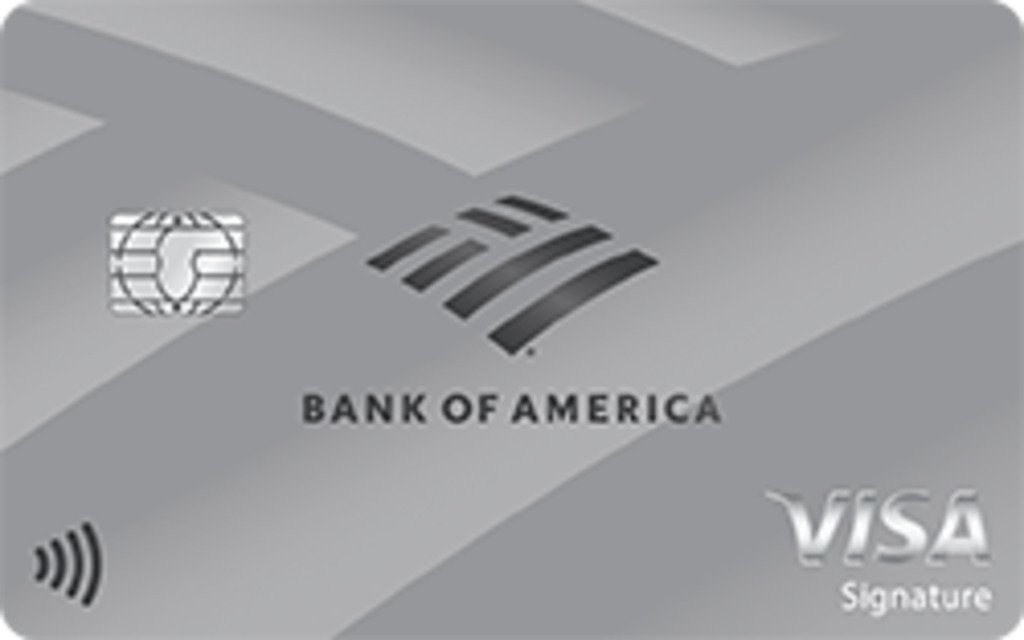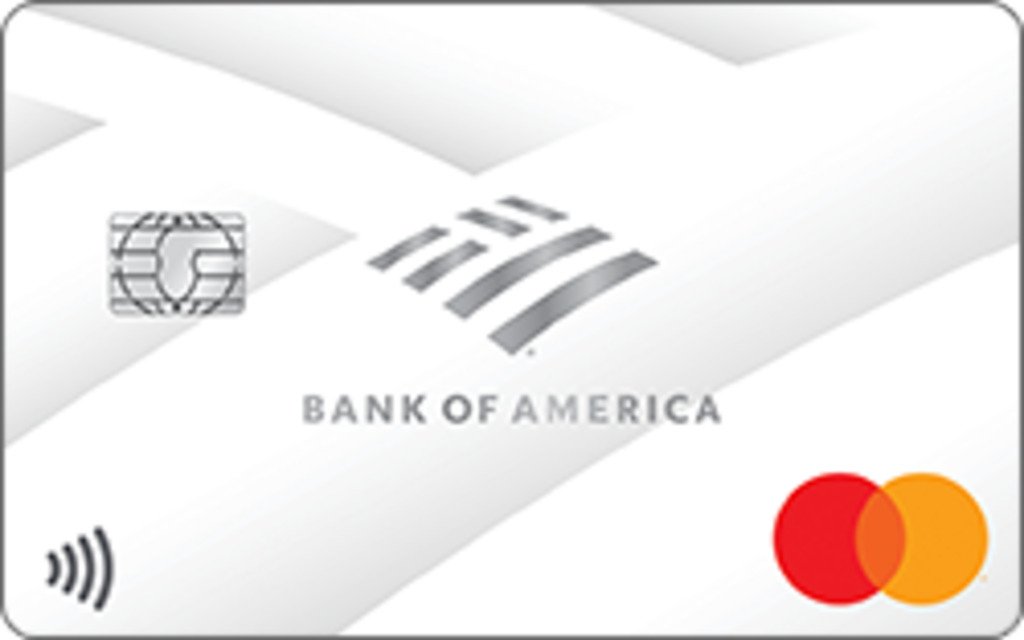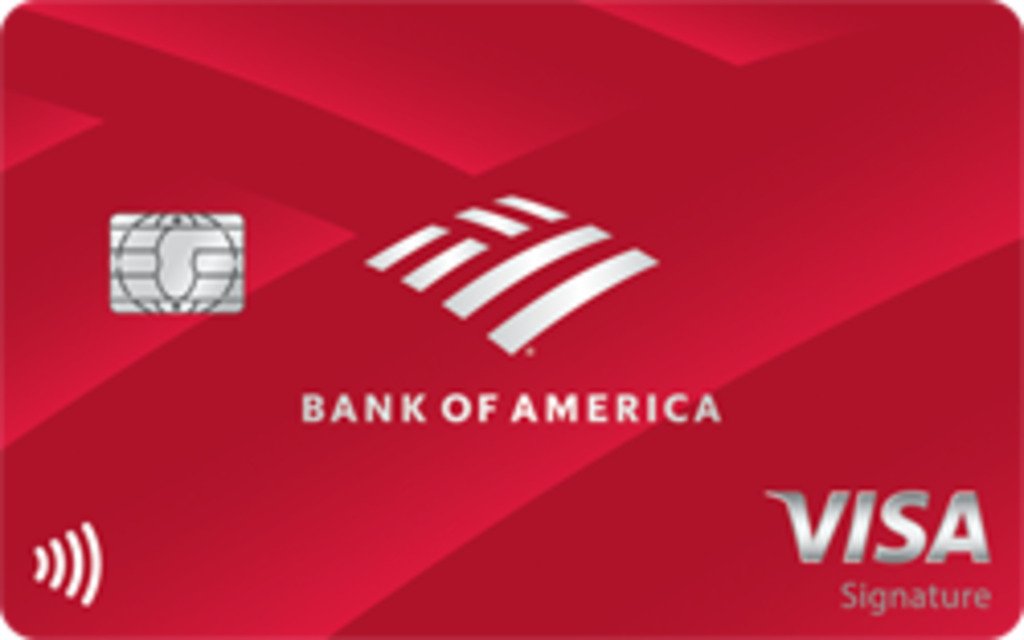It may seem impossible to pay off credit card debt, especially when the interest rates are high. It makes sense to use a Bank of America credit card balance transfer with an introductory 0% APR deal to start paying down the debt.
Balance transfers on credit cards can be a useful strategy for paying off debt with a higher interest rate. For consumers who want to manage one card while paying off credit card debt and establishing credit, Bank of America® offers credit cards with reduced beginning APRs on qualified balance transfers.
With the help of balance transfers, cardholders can transfer debt with a high interest rate to a new credit card account with a low or no interest rate—typically during a promotional period. Balance transfers aid cardholders in debt consolidation by lowering the amount of monthly invoices that are due.
If you’re interested in transferring a balance with Bank of America, a number of their credit cards offer 0% introductory APR rates, and the process is simple. If you choose this option, you can settle your credit card debt without accruing interest, provided you do so prior to the expiration of the 0% APR offer. You’ll start incurring a variable APR on any outstanding balance if you don’t pay it off in full before then.
Always read the terms and conditions of the new credit card before transferring a balance.. Determine the amount of interest that will have been saved (or not) by the end of a promotional period. It’s probably not worth the effort to move a balance if there isn’t an obvious financial advantage.
Here, we’ll go over all you need to know about Bank of America credit card balance transfers, including how to do so, which cards offer balance transfers, which cards don’t, and some commonly asked questions.
Table of Contents
What is a Balance Transfer?
A balance transfer is the transfer of a balance from one credit card or loan to another. You can reduce the amount of interest you pay by moving balances with higher annual percentage rates (APRs) to cards with lower APRs. By transferring many accounts to one card and making a single payment, balance transfers can also make paying bills simpler.
The balance transfer offer will help you pay off your credit card debt more quickly and potentially save you hundreds of dollars in interest.
Bank of America Balance Transfer
For consumers who want to manage one card while paying off credit card debt and establishing credit, bankamericard credit card balance transfer with reduced beginning APRs on qualified balance transfers. Balance transfers can be initiated online during the application process or finished on the online account of an existing cardholder.
New Bank of America Credit Card Applicants
- For the best offer, submit an online card application.
- In the application for the card, request a balance transfer.
- Provide any pertinent details concerning the other account, such as the creditor’s name and/or account number.
- Watch for the balance transfer to appear in your account after the application has been accepted.
Current Bank of America Cardholders
- Choose “Transfers” after logging into the online account.
- Select “For credit card balance transfers.”
- Evaluate the Bank of America balance transfer offer in accordance with the conditions of your card.
- Accept the offer by giving any information about the other account that is requested, such as the name of the creditor, account number, and transfer amount.
- Call the number on the back of the card to reach someone directly if necessary.
Things to Know About Balance Transfers with Bank of America
Bank of America offers tempting balance transfer possibilities, but individuals who are thinking about applying for or using a balance transfer card should bear the following points in mind when looking around for the best balance transfer offer:
While other cards might not, your card might levy a balance transfer fee to new cardholders. Before moving forward with the balance transfer, you should confirm that the savings you will realize from doing so will be larger than the balance transfer cost.
After the promotional period, the unpaid balance is subject to Bank of America’s variable APR. This is quite typical among debt transfer credit cards, although individuals looking for a lower interest rate might find better options.
It’s possible that the minimum payment determined by Bank of America won’t be sufficient to cover the balance by the conclusion of the introductory period. Calculate a separate minimum monthly payment by dividing the total balance by the number of months in the intro period to see if a balance may be paid off before the variable APR is applied.
The completion of a balance transfer could take up to two weeks. Till the balance is shown in your Bank of America account, keep making payments to the previous creditor.
Balance transfers between or among current Bank of America credit cards are not permitted.
Bank of America Balance Transfer Fee
The minimum payment required by Bank of America is $35 or 1% of your outstanding balance plus interest and any late fees, whichever is higher. The full amount of your Bank of America minimum payment is due if your total balance is less than $35.
Fees for balance transfers: There will almost certainly be a balance transfer fee of 3% to 5% if you’re transferring a balance to a card with a 0% APR offer. For every $500 you transfer, you will receive $15 to $25. This might also apply to credit cards with low balance transfer interest rates.
You will only be able to transfer a portion of your amount to your new account if your balance transfer request exceeds the credit limit on your Bank of America card. Bank of America might reject the transfer in specific circumstances. For each debt you transfer, a fee of 3% of the total is chargeable.
As long as the sums transferred and associated transfer fees do not exceed the card’s credit limit, you are permitted to make numerous balance transfers to the same card. Keep in mind that there is a separate transfer fee for each sum you move. Moreover, some issuers could impose their own limitations.
Savings and CD interest rates are lower than those offered by rival banks.
You may be charged a $35 overdraft fee up to four times each day.
In order to be eligible for Preferred Rewards status, your account must have a high balance.
Many checking accounts are available from Bank of America. A monthly maintenance fee of $4.95 to $25 is applicable to each Bank of America account. If you: Make qualifying direct deposits of at least $100 per month into your Bank of America account; or, depending on the checking account, Bank of America may waive the cost.
Bank of America 0 Balance Transfer
Ask yourself what you want from a balance transfer card before applying for one. For instance:
Do you prefer a credit card with a shorter introductory offer term and cash back benefits over one with a longer 0 percent introductory APR offer?
Are yearly costs a deal-breaker for you?
How significant is a purchase-related introductory APR offer of 0% to you?
Do you desire a credit card without a penalty APR for missed payments?
It will be simpler for you to choose the greatest credit card for you if you have a better understanding of what you should look for in a top balance transfer credit card.
Bank of America Credit Card Balance Transfer Offers
Bank of America, one of the biggest credit card issuers in the United States, offers a number of credit card alternatives with introductory APRs for balance transfers. The remaining balance will be subject to a standard variable APR after the promotional period has ended. The credit history of the cardholder will determine the actual APR.
Moreover, Bank of America distributes promotions for balance transfer deals to its present clients. If you already have a Bank of America credit card, be sure to keep a look out for one.
In general, balance transfers must be finished within a certain time frame to be eligible for an introductory APR deal. If you’re thinking about transferring a balance, be sure not to miss your transfer window.
Bank of America® Customized Cash Rewards Credit Card

- For any balance transfers made in the first 60 days, there is a 0% Introductory APR for 18 payment cycles.
- Fee for balance transfers: 3% of each transaction’s value
- Variable APR range for purchases and balance transfers: 17.49% to 27.49%
- Additional benefits Earn 3% cash back in the eligible category of your choice, 2% at grocery stores and wholesale clubs (up to $2,500 in combined choice category/grocery store/wholesale club quarterly purchases), and unlimited 1% on all other purchases with no annual fee and a $200 online cash rewards bonus after making at least $1,000 in purchases within the first 90 days of account opening.
Bank of America® Unlimited Cash Rewards Credit Card

- Initial balance transfer 0% Intro APR for 18 billing cycles is the APR offered for balance transfers done during the first 60 days.
- 3% of each transaction’s value is the balance transfer fee.
- Variable interest rate range: 17.49% to 27.49% Variable interest rate on purchases and balance transfers
- There is no yearly charge, a $200 online cash rewards bonus once $1,000 in purchases within the first 90 days of account setup, and you can get unlimited 1.5% cash back on all transactions.
BankAmericard® Credit Card

- Initial balance transfer Offer: 0% APR Intro APR on any balance transfers made during the first 60 days, for 21 billing cycles.
- Fee for balance transfers: 3% of each transaction’s value
- APR range for variable rates: 15.49% to 25.49% Variable APR for transfers and purchases
- Additional benefits No yearly charge
Bank of America Student Cards

- If you’re under 25 and enrolled in school, an educational, or vocational program, the Bank of America Advantage Safe Balance Banking® checking account is a wise choice because it has no monthly maintenance cost.
- Every one of the credit cards mentioned above also has a student card option, which typically provides some of the same offers—including the introductory APR—along with incentives that are generally scaled back. Younger cardholders can begin developing a healthy credit line because student cards frequently have less stringent credit history restrictions.
Conclusion:
Applying for a credit card with a 0% intro APR for balance transfers is a good alternative if you have high-interest debt if you want to avoid such penalties. Several Bank of America credit cards offer introductory APRs of 0%, allowing you to pay off debt gradually and without incurring interest. Before applying, make sure to decide what kind of card you want, such as a long introductory APR period or rewards, to ensure that you get the ideal card.
Frequently Asked Questions
1. Can a non-citizen obtain credit in the United States?
Theoretically, foreign nationals residing in the United States who possess an Individual Taxpayer Identification Number (ITIN), a Social Security Number (SSN), or who know someone who will add them as an authorized user on a credit card could be approved.
2. Can I get a credit card under 21?
To apply for a credit card, you must be at least 18 years old. The age requirement must be met, even if you have an add-on credit card. Everyone who meets this requirement is qualified to receive a credit card. Each bank has a minimum income requirement that must be met in order to qualify.
3. How much money deposit requirement to open a Bank of America account?
In order to open a Bank of America account, you must have at least $25. You can open Bank of America Advantage Safe Balance Banking accounts with as little as that, but most other Bank of America checking and savings accounts demand a minimum opening deposit of $100.
4. How long does it take to transfer money between Bank of America banks?
8:00 p.m. EST for transfer during next or three business days. The recipient’s bank will receive the funds either the following business day or in three business days.
For same-business-day (wire) transfers, 5:00 p.m. EST. On the same business day, the recipient’s bank will receive the funds.
5. What are the risks of transferring balances?
Spending on your balance transfer card may unintentionally void a grace period on purchases, meaning that even if you pay them off by the due date, you’ll still be charged interest. This adds to your debt load. To find out if that’s the case, it’s crucial to read the fine print.
6. What drawbacks do balance transfers have?
Often opening new credit cards and shifting amounts has a negative influence on credit.
If you have a practice of getting new credit cards and frequently transferring accounts between them, balance transfers will lower your credit score.
7. Can I move my balance to Bank of America?
For consumers who want to manage one card while paying off credit card debt and establishing credit, Bank of America® offers credit cards with reduced beginning APRs on qualified balance transfers.
You may take charge of your financial future by taking advantage of a low introductory APR for balance transfers.
8. How can I obtain a Bank of America balance transfer offer?
New applicants only need to fill out the balance transfer section of a Bank of America credit card application to do a balance transfer with the bank.
9. How can I transfer a balance from one Bank of America credit card to another?
Your cannot be transfer credit card balance from one Bank of America credit card to another. You can transfer debt only using credit cards by different banking institutions.
To be eligible for a 0% APR, you must transfer your current debt within 60 days of creating your new Bank of America credit card account.
10. How much is the transfer charge for Bank of America?
$15 for domestic incoming. $30 for domestic travel. $16 for international incoming. International outgoing: $0 when sent in local currency; $45 when sent in US dollars.
11. Does transferring balances impact your credit score?
In some circumstances, a balance transfer might increase your credit ratings and help you ultimately pay less interest on your obligations.
But, obtaining new credit cards frequently and shifting balances to them will eventually lower your credit scores.
12. Can I use a different credit card to pay off my Bank of America credit card?
It is simply not possible to pay off a credit card with another credit card. When you pay your credit card bill each month, the credit card companies typically only take checks, electronic bank transfers, and money orders.
13. With Bank of America, can a 14-year-old obtain a debit card?
In one of our financial centers, we can guide you through the application process and assist you in choosing the best account.
You will require a co-applicant who is above 18, such as a parent or guardian, to open an account.
14. Can students in the USA acquire credit cards?
When used carefully, credit cards for students can contribute to a prosperous financial future. Bank of America® student credit cards assist students in developing solid credit habits that they can utilize it to lay the groundwork for a prosperous financial future.
15. Do foreign students need credit cards in the United States?
Receiving acceptance for a credit card can assist you in building a US credit score if you are an overseas student attending college in the US.
You might be able to do this to increase your eligibility for financing and loans as well as to rent a house and apply for jobs.
16. What is the US minimum wage for credit cards?
Obtaining a credit card technically has no minimum income criterion. A student could have a discretionary income of just $100 and still have a chance of getting a credit card.
Generally speaking, applicants have a better chance of authorization for a card and a higher credit limit when their income is higher.
Also Read: Biggest Homeowners Insurance Companies
Image credit: Bank of America















